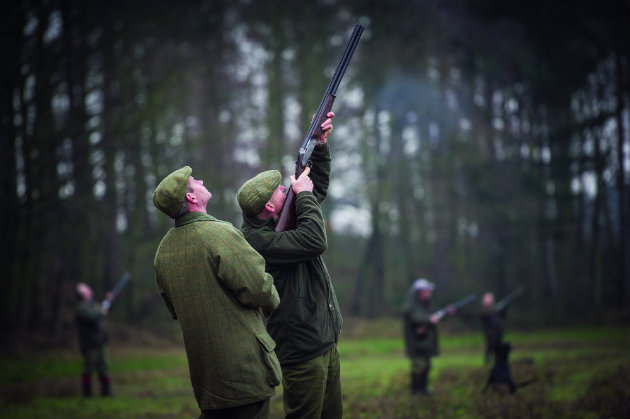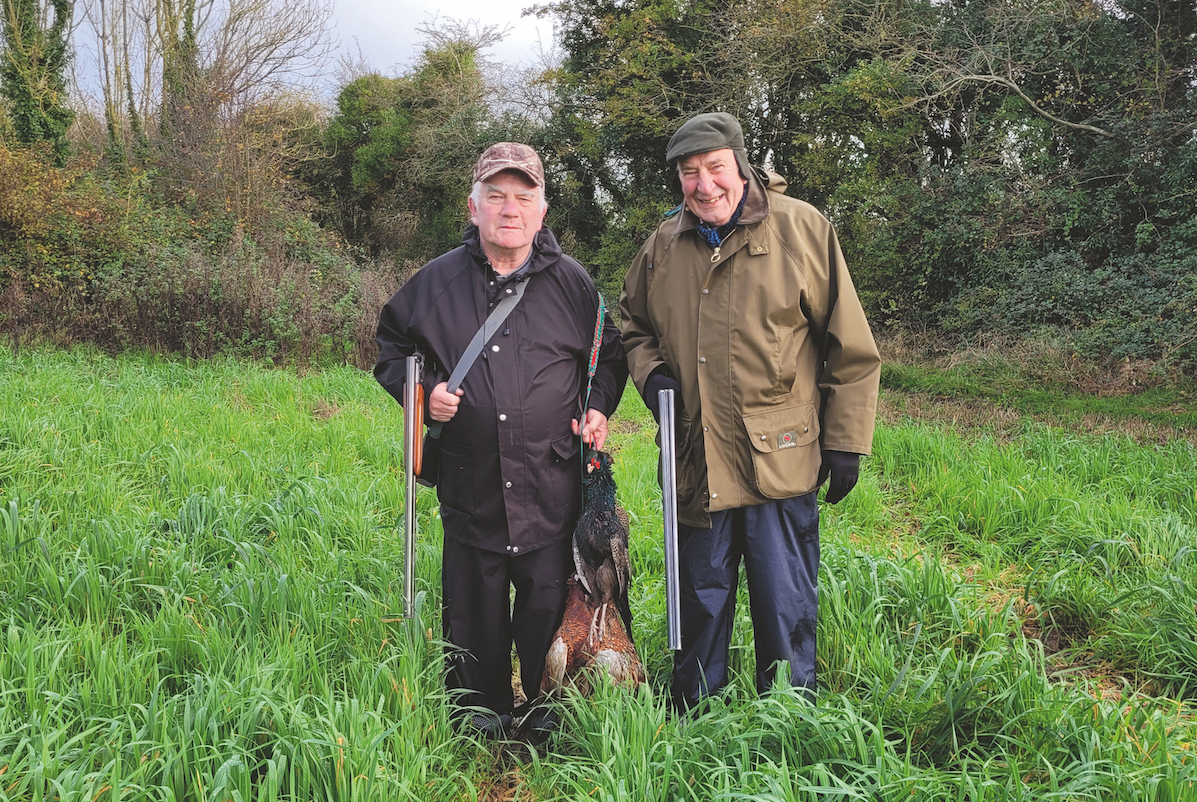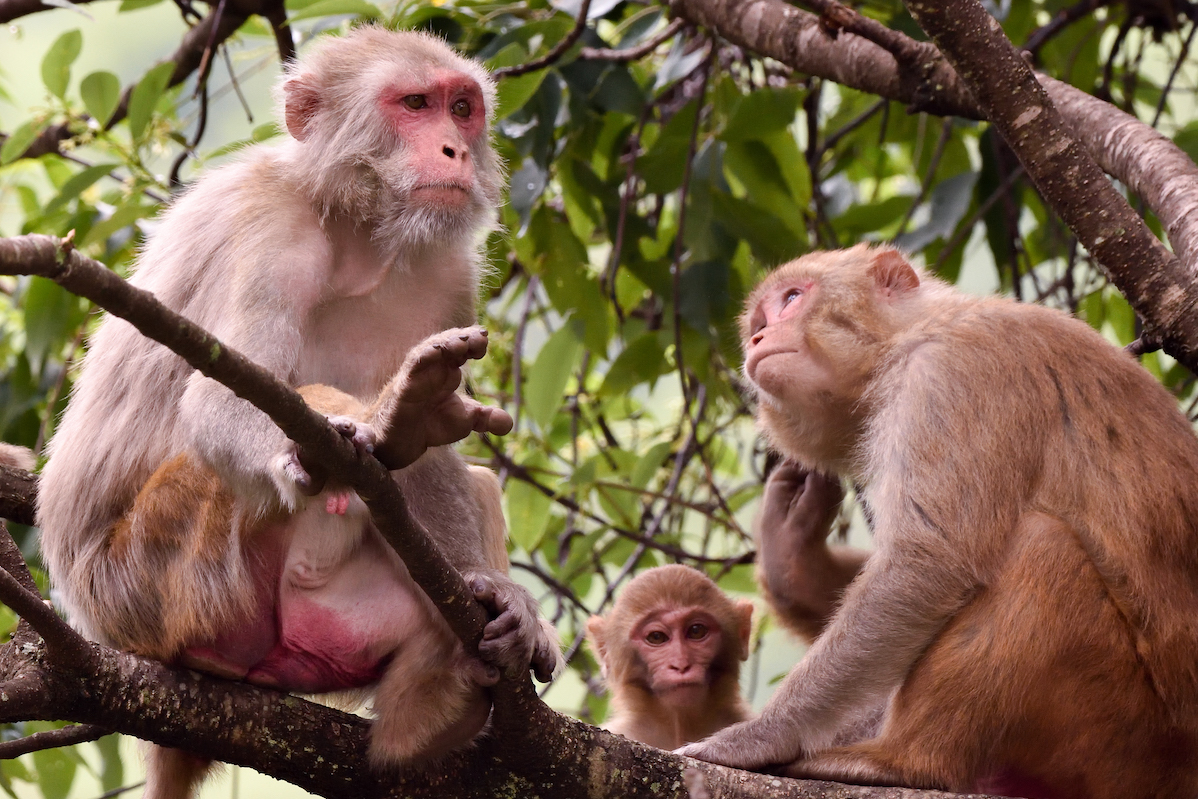Keeping everyone happy on keeper’s day
Keeper’s day is often the only chance the gamekeeper gets to shoot but its organisation is often more complicated than formal days, says Liam Bell

As the season draws to a close, talk among the beaters and pickers-up is of the end-of-season keeper’s days. For many gamekeepers, it is the only day of the year they get to shoot pheasants. Indeed, for some of them it might be the only day of the year they get to go shooting at all.
There are so many variables and so many people to try to keep happy that arguably keeper’s days are harder to organise than the more formal days when everyone knows what they are doing and has some sort of routine. The first question really is who to ask. We ask all but the most casual of beaters. I ask anyone who has done me a favour over the course of the year and a few friends. The lads get to invite a guest or two as well.
It is well to remember, when organising, that it is the keeper’s day and not the beaters’ day. The beaters usually get asked but it is not a right and the keeper should quite rightly get the final say on who comes, who doesn’t and who shoots. Those who have done more days, have taken days off to help out and who always put you first will always get the better pegs and hopefully more shooting. The occasional beaters will get some shooting, but none of them expect to be in the thick of it all day at the expense of the more regular ones.
“The beaters who have done more days and who always put you first will always get the better pegs”
The same goes for my guests. They all take their turn beating, join in with everyone else and come with no expectations. It is the way it has to be. If they did otherwise it would cause arguments and breed resentment among the others, and could potentially turn what is supposed to be a great day sour.

Much planning goes into keeper’s day, to ensure that everyone knows where they are supposed to be and when
We meet as normal and after a brief safety talk — which is no more than the Guns on a formal day would get — I separate the Guns into two teams. The teams are based on the number of dogs that can beat or pick-up. Once the dog men are separated I split up the more experienced adults, then the less able and finally the youngsters and less experienced Shots. With a bit of luck, we will end up with two fairly balanced teams.
I nominate a team captain for each team (a job that is rarely volunteered for), toss a coin to decide which team shoots first and which team beats — without giving too much information away as to the order of the drives — then move off in as few vehicles as possible.
The older and less able Guns stand when it is their turn but instead of beating alternate drives like everyone else, they act as mentors and loaders for the less experienced and younger Guns. The youngsters appreciate it, the older Guns enjoy it and the rest of us can relax and enjoy our day without having to keep an eye on anyone who hasn’t shot before. We don’t draw for pegs; I place the Guns instead. I do this for a number of reasons. First, I don’t want to put the younger or less experienced Guns under the taller birds where they could struggle to shoot any and become disheartened. Second, the more experienced Shots will enjoy the thrill and challenge of being under the tall ones, even if there are fewer of them to shoot at.
Playing by the rules
Some shoots don’t let the walking Guns/beaters shoot — we do. I don’t have a problem with the more experienced Guns shooting in the line, as long as the birds are going back and everyone plays by the rules. I mostly stand up front, either with one of the other Guns or as a back Gun. From the front I can keep an eye on things, see who is in the shooting, and move and place the Guns on successive drives to try to even things out. I don’t really want the occasional beaters being in the shooting all day, nor do I want my regular lads or guests to miss out.

Occasional beaters will get some shooting, but none of them expect to be in the thick of it all day
The occasional beaters are invited the same as everyone else and are, of course, more than welcome. They are there to make up the numbers, so that there are enough people in each team when it is their turn to beat. There’s not a lot of point driving a large area of woodland with only nine or 10 beaters. And they all know the score — none of them complain if they are only on the edge of the shooting and none of them expect to be in the thick of it all day.
Traditionally the end-of-season days were cocks only, but with hen birds worth less and fewer people incubating their own eggs, most shoots now target cocks and hens right up to the end. We shoot both depending where the drive is. If it is on a wooded boundary, we shoot cocks and hens. If it is one of our smaller covers where we have started to develop a wild bird shoot, it is cocks only — and woe betide anyone who shoots at a hen.
Numbers vary depending on the year — and the quality of the shooting — but everyone gets a shot or two, a bird or two and the odd busy drive. There are no expectations and everyone enjoys themselves. We eat on the hoof, drink sensibly and finish our day in the pub. We pay for the meals of those who have beaten or picked-up but not shot, and the Guns are asked to put some money in a hat for them as well. Most years they go away with the equivalent of three or four days’ beating money. Not bad for a relaxed day.
When everything has run smoothly and you have managed to get everyone at least a shot or two, it is appreciated and it is certainly worth the effort. After all, a shoot day is all about teamwork and if the beaters, pickers-up and helpers don’t feel included, appreciated and part of that team, they are not going to put their heart and soul into their beating next year, or they may not even turn up at all.
What’s in a gamekeeper’s job description?
Gamekeepers: From long hours to relentless predators, there are many aspects to a gamekeeper’s job description.
Keeper’s tip is a personal decision
Ray Leake from Adelaide writes: Having recently spent a mostly enjoyable 10 days’ shooting in the UK, which I do every year, I…










